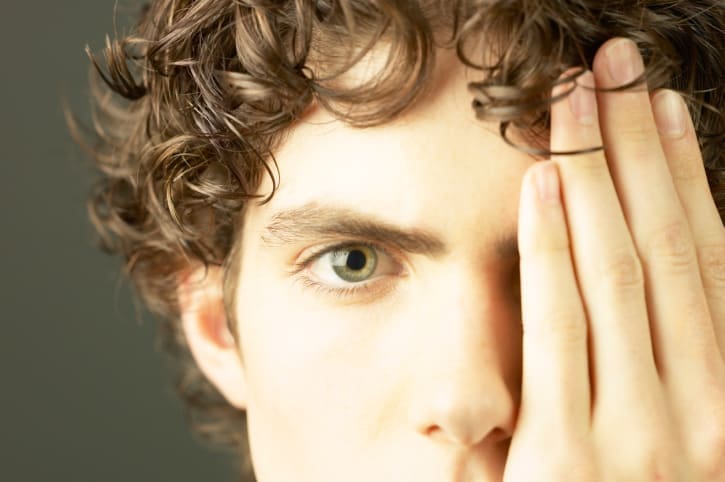Corneal cross-linking (CXL) is a groundbreaking treatment aimed at halting the progression of keratoconus and other corneal ectatic disorders. This minimally invasive procedure strengthens the cornea by creating new links between its collagen fibers. As with any medical procedure, recovery is a critical aspect that patients must navigate with care. This guide delves into the nuances of corneal cross-linking recovery, providing detailed insights to aid patients through their healing journey.
The Recovery Timeline
Recovery from corneal cross-linking varies among individuals, influenced by factors like the specific technique used (epi-off vs. epi-on) and the patient’s overall health. Generally, the recovery timeline can be outlined as follows:
- Immediate Post-Procedure (First 24 Hours): Patients typically experience mild to moderate discomfort, light sensitivity, and may notice a foreign body sensation in the eye. It’s crucial during this phase to rest and protect the eyes from bright lights.
- First Week: The initial discomfort should gradually subside. Patients might still experience blurred vision and light sensitivity. Follow-up visits are essential during this period to monitor healing.
- One to Three Months: Vision begins to stabilize, but fluctuations in visual acuity can occur. It’s important for patients to report any persistent issues to their eye care provider.
- Three to Six Months: Most patients achieve stable vision by this phase. However, full recovery and the final outcome may not be evident until 6 to 12 months post-procedure.
Detailed Recovery Table
The following table provides a comprehensive overview of what patients can expect during their corneal cross-linking recovery process:
| Timeframe | Symptoms/Expectations | Care Instructions |
|---|---|---|
| Immediate (0-24 hrs) | Discomfort, tearing, light sensitivity. | Use prescribed eye drops, wear eye protection. |
| Day 1-7 | Decreased vision, sensitivity to light, possible swelling. | Continue eye drops, avoid rubbing eyes. |
| Week 2-4 | Improvement in symptoms, vision begins to stabilize. | Attend follow-up appointments. |
| Month 1-3 | Vision stabilizes, may fluctuate. | Report any severe discomfort or vision changes. |
| Month 3-6 | Stable vision, full recovery nears. | Annual check-ups to monitor corneal health. |
Frequently Asked Questions
What activities should I avoid during recovery?
During the initial weeks post-CXL, patients should avoid swimming, contact sports, and activities that risk eye exposure to dust and debris. It’s also advised to steer clear of eye makeup and not to rub the eyes to prevent complications.
How long until I can return to work?
Return to work depends on the nature of your job and how quickly your symptoms improve. Typically, patients can resume work within a few days to a week, provided their job does not involve exposure to environmental irritants or require intense visual focus.
Can I wear contact lenses after CXL?
Patients must wait until their eye doctor confirms that the cornea has healed sufficiently, which might take several weeks to months. Initial fittings for contact lenses may differ from pre-CXL prescriptions due to changes in the cornea.
Will I need glasses or contact lenses after recovery?
While CXL aims to prevent further deterioration of the cornea, it does not correct vision. Many patients will still need glasses or contact lenses for clear vision post-recovery. Vision correction options should be discussed with an eye care professional after stabilization.
Conclusion
Recovering from corneal cross-linking is a journey that requires patience and diligent follow-up care. Understanding the recovery process, setting realistic expectations, and adhering to post-procedure care instructions are key to achieving the best possible outcome. As you navigate through recovery, remember that it’s crucial to maintain open communication with your eye care provider and report any concerns immediately.
For those seeking expert care and more information on corneal cross-linking, resources like Liberty Laser Eye Center’s commitment to advanced laser eye surgery, the importance of choosing an experienced eye doctor, and insights into LASIK eye surgery success rates can offer valuable guidance. Additionally, understanding related topics such as the differences between astigmatism and nearsightedness, the potential of LASIK to address nearsightedness, and the benefits of LASIK eye surgery can enrich your knowledge and help you make informed decisions about your eye health.
If you have questions about corneal cross-linking or wish to explore your options for vision correction, don’t hesitate to contact us. Our team is dedicated to providing you with the information and care you need to achieve optimal eye health and vision clarity.

